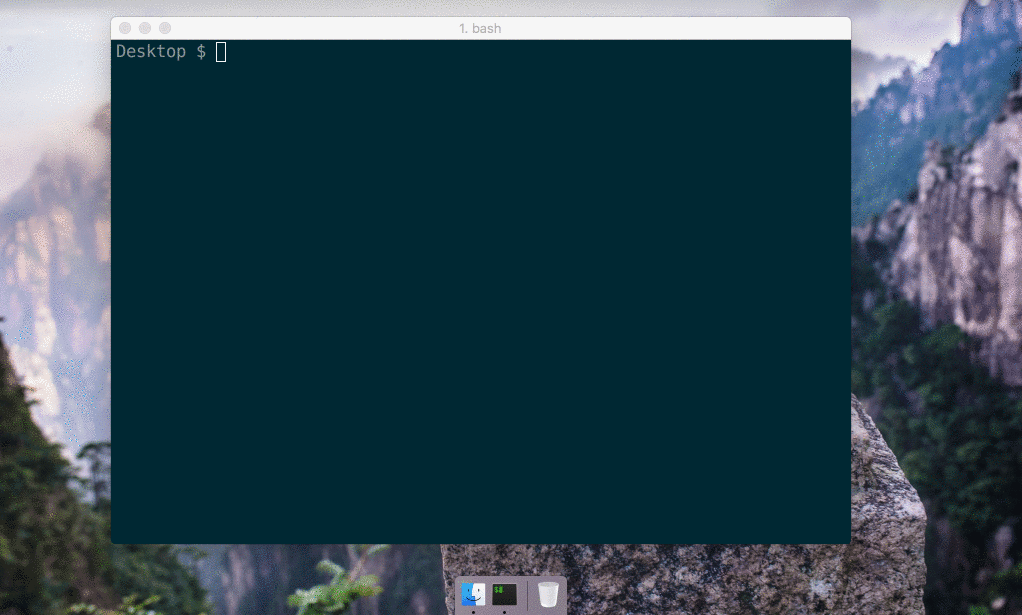4.9 KiB
Nativefier
You want to make a native wrapper for WhatsApp Web (or any web page).
nativefier 'web.whatsapp.com'
You're done.
Introduction
Nativefier is a command-line tool to easily create a desktop app for any web site
with minimal configuration. Apps are wrapped by Electron
(which uses Chromium under the hood) in an OS executable (.app, .exe, etc)
for use on Windows, macOS and Linux.
I did this because I was tired of having to ⌘-tab or alt-tab to my browser and then search
through the numerous open tabs when I was using Facebook Messenger or
Whatsapp Web (HN thread). Nativefier features:
- Automatically retrieval of app icon / name.
- JavaScript and CSS injection.
- Many more, see the API docs or
nativefier --help
Installation
- macOS 10.9+ / Windows / Linux
- Node.js
>= 12.9and npm>= 6.9 - Optional dependencies:
- ImageMagick or GraphicsMagick to convert icons.
Make sure
convertandidentifyorgmare in your system$PATH. - Wine to package Windows apps under non-Windows platforms.
Make sure
wineis in your system$PATH.
- ImageMagick or GraphicsMagick to convert icons.
Make sure
Then, install Nativefier globally with npm install -g nativefier
Usage
To create a native desktop app for medium.com,
simply nativefier "medium.com"
Nativefier will try to determine the app name, and well as lots of other options.
If desired, these options can be overwritten. For example, to override the name,
nativefier --name 'My Medium App' 'medium.com'
Read the API documentation or run nativefier --help
to learn about other command-line flags usable to configure the packaged app.
To have high-resolution icons used by default for an app/domain, please contribute to the icon repository!
Catalog
For a list of build commands contributed by the Nativefier community, see CATALOG.md file.
Docker
Nativefier is also usable from Docker:
- Pull the image from Docker Hub:
docker pull nativefier/nativefier - ... or build it yourself:
docker build -t local/nativefier .(in this case, replacenativefier/in the below examples withlocal/)
By default, the command nativefier --help will be executed.
To build e.g. a Gmail app to a writable local ~/nativefier-apps,
docker run --rm -v ~/nativefier-apps:/target/ nativefier/nativefier https://mail.google.com/ /target/
You can pass Nativefier flags, and mount volumes to pass local files. E.g. to use an icon,
docker run --rm -v ~/my-icons-folder/:/src -v $TARGET-PATH:/target nativefier/nativefier --icon /src/icon.png --name whatsApp -p linux -a x64 https://web.whatsapp.com/ /target/
Development
Help welcome on bugs and feature requests!
Developer / build / hacking docs, API documentation, Changelog.
License
MIT.
Troubleshooting
Generally, see Catalog for ideas & workarounds, and search in existing issues.
Site says I use an old/unsupported browser
Some sites intentionally block Nativefier (or similar) apps, e.g. Google and WhatsApp.
First, try setting the --user-agent to firefox or safari.
If still broken, see Catalog for ideas & workarounds, and search in existing issues.
Videos won't play
This issue comes up for certain sites like HBO Max and Udemy.
First, try our --widevine flag.
If still broken, see Catalog for ideas & workarounds, and search in existing issues.
Settings cached between app rebuilds
This issue can occur because the cache of the app and the app itself are kept separate by default. You can try clearing out the cache.
Try delete your app's cache, which can be found in <your_app_name_lower_case>-nativefier-<random_id> in your OS's "App Data" directory (for Linux: $XDG_CONFIG_HOME or ~/.config , for MacOS: ~/Library/Application Support/ , for Windows: %APPDATA% or C:\Users\yourprofile\AppData\Roaming)

